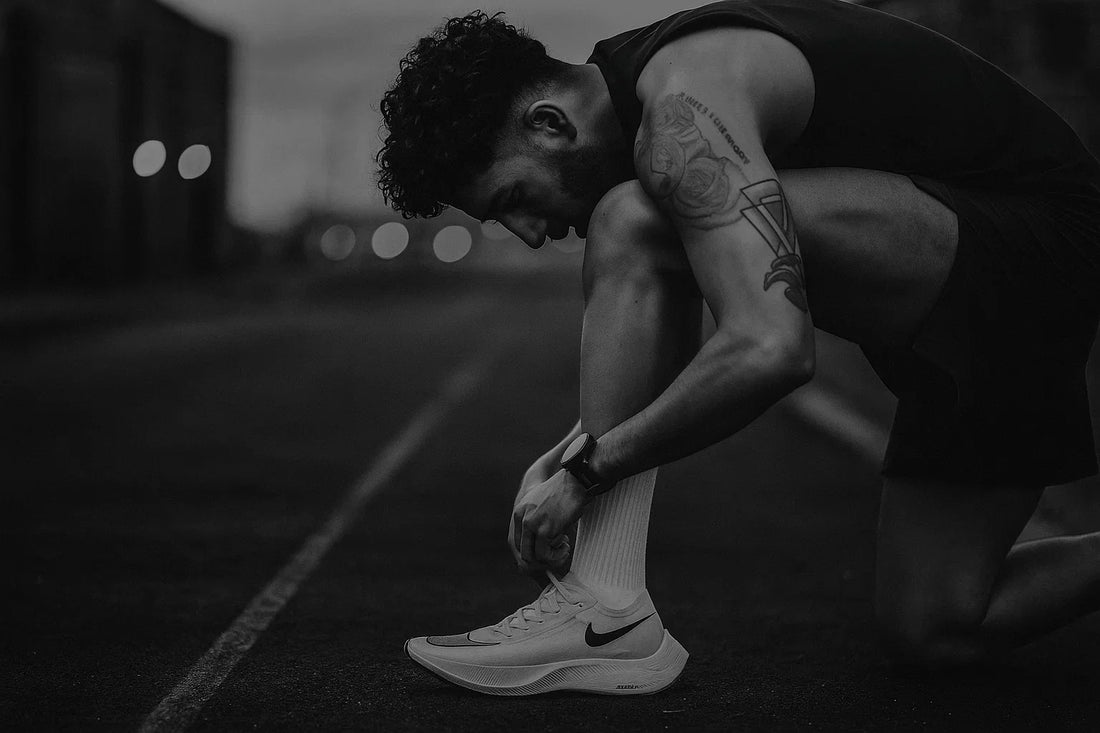
Recovery Isn’t Optional: The Athlete’s Guide to Longevity
Share
It’s easy to glorify the grind.
But in reality, what separates elite athletes from the ones who burn out isn’t just how hard they train — it’s how well they recover.
For anyone balancing strength, speed, and sport, longevity isn’t just about avoiding injury. It’s about adapting faster, performing better, and staying in the game for the long haul.
Here’s your complete guide to smart recovery — from sleep to supplements to tools — and how to structure your training life around it.
😴 1. Sleep: The Real Anabolic Window
Forget BCAAs. The real recovery magic happens during deep sleep.
Athletes need 7–9 hours of consistent, high-quality rest. During this time:
-
Growth hormone peaks
-
Muscle repair accelerates
-
Cognitive recovery resets your nervous system
What to do:
-
Sleep in a cool, dark room (18–20°C ideal)
-
Limit blue light 90 minutes before bed
-
Use a weighted blanket or eye mask for deeper sleep
-
Keep your training gear off the bed — mentally separate rest from grind
🍽️ 2. Nutrition & Supplements: Fuel Beyond the Gym
You can train hard, but if you’re under-recovering at the cellular level, progress stalls.
Key supplements for recovery-focused athletes:
-
Magnesium glycinate – aids sleep and muscle relaxation
-
Omega-3s – fights inflammation and joint stiffness
-
Protein + collagen – supports tissue repair post-training
-
Creatine – supports strength and brain recovery under fatigue
At Evöq, our long-term vision includes science-backed nutrition designed for recovery, digestion, and performance — coming soon.
🧘♂️ 3. Mobility & Active Recovery: Don’t Just Sit Still
Recovery doesn’t always mean total rest.
Active recovery improves blood flow, reduces stiffness, and keeps you moving well.
Best practices:
-
1–2 sessions/week of mobility drills
-
Yoga or flow-based movement on rest days
-
Epsom salt baths or contrast showers (hot-cold)
Tools that help:
-
Massage balls, foam rollers, resistance bands
-
Lacrosse ball for deep tissue release
-
Light resistance sleds for blood flow on “off” days
At Evöq, we believe tools should be aesthetic, portable, and built for athletes on the move. Our gear lineup will reflect that.
👟 4. Wear the Right Gear for Recovery Too
Your body breathes through your skin. Tight, non-breathable clothing after a heavy session can trap sweat, delay recovery, and even cause rashes or inflammation.
Post-training gear matters. Look for:
-
Breathable materials
-
Seamless construction
-
Moisture-wicking properties
-
Minimal compression for active recovery days
🗓️ Our first Evöq capsule drops this August — gear designed not just for performance, but for what comes after. Stylish enough to wear out. Functional enough to recover in.
🔁 TL;DR: Recovery = Progress
You don’t grow in the gym.
You grow after it — in sleep, in stillness, in what you eat, and in what you wear.
If you want to train for life, not just for a season, then recovery must be a non-negotiable system in your routine.
